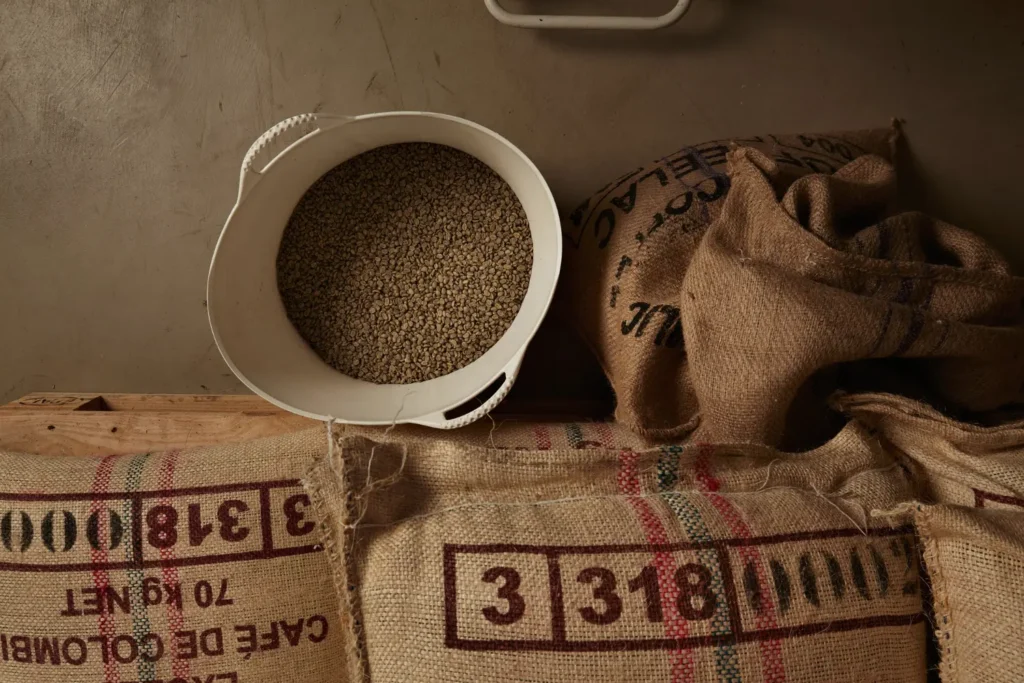Coffee is more than just a beverage; it’s a cultural phenomenon that has shaped societies and economies for centuries. Its origins are steeped in legend, history, and a touch of mystery, making it a fascinating topic for coffee enthusiasts and historians alike.
The Ethiopian Legend
The story of coffee begins in the ancient coffee forests of Ethiopia, a country known for its rich agricultural heritage. According to popular legend, a goat herder named Kaldi made a remarkable discovery around the 9th century. While tending to his flock in the region of Kaffa, Kaldi noticed that his goats became unusually energetic after consuming the bright red berries from a particular shrub. Intrigued by their exuberance, Kaldi decided to try the berries himself.
After eating the berries, he experienced a similar burst of energy, which led him to dance joyfully around the fields. Kaldi’s excitement caught the attention of a local monastery. The monks, skeptical of the berries, decided to brew them into a drink. They found that it kept them alert during long hours of prayer and contemplation. This early form of coffee was used for its stimulant properties, and word of its effects spread throughout the region.
From Ethiopia to Arabia
As the popularity of coffee grew in Ethiopia, it eventually made its way to the Arabian Peninsula, where it took on new significance. By the 15th century, coffee was being cultivated in the Yemeni district of Arabia. Here, it was brewed in a manner similar to how we enjoy coffee today. The coffee trade flourished, and it became a crucial part of daily life.
Coffeehouses, known as qahveh khaneh, emerged in cities like Mecca and Medina. These establishments became social hubs where people gathered to discuss politics, exchange news, and enjoy music. The vibrant atmosphere of these coffeehouses played a vital role in shaping the culture of the Arab world. They were places of intellectual discourse and artistic expression, often referred to as “Schools of the Wise.”

The Spread to Europe
The coffee craze continued to spread, reaching Europe in the 17th century. Initially met with suspicion, coffee was sometimes referred to as the “bitter invention of Satan.” However, its popularity quickly gained momentum. Coffeehouses began to pop up in major European cities, including Venice, Paris, and London. These coffeehouses served as important venues for the exchange of ideas, contributing to the Age of Enlightenment.
In England, coffeehouses became known as “penny universities” because for the price of a cup of coffee, anyone could engage in stimulating conversation with people from various walks of life. The Enlightenment thinkers, writers, and philosophers of the time gathered in these spaces, fostering an environment ripe for intellectual growth and social change.
The Role of Coffee in Trade
As coffee’s popularity surged, it became a significant commodity in international trade. The demand for coffee beans led to the establishment of plantations in tropical regions around the world. The Dutch were the first to cultivate coffee commercially in Java in the late 1600s, followed by the French in the Caribbean and the Portuguese in Brazil.
Brazil eventually became the largest producer of coffee, a position it holds to this day. Coffee cultivation spread throughout Latin America, and by the 19th century, it was one of the most valuable exports. The coffee trade had a profound impact on the economies of producing countries, shaping their agricultural practices and labor systems.
Coffee and Colonialism
While coffee cultivation brought wealth to producing regions, it also had dark implications tied to colonialism and exploitation. Many coffee plantations relied heavily on slave labor, particularly in the Caribbean and South America. This exploitation left lasting scars on the societies involved, highlighting the complex and often painful history intertwined with the beloved beverage.
The Modern Coffee Culture
In the 20th century, coffee culture underwent significant transformations. The rise of instant coffee during World War II made coffee more accessible, while specialty coffee began to emerge in the latter part of the century. The introduction of espresso machines and the rise of coffee chains transformed the way people experienced coffee.
Today, coffee is celebrated in myriad forms, from artisanal brews to elaborate coffee drinks. The specialty coffee movement emphasizes the importance of sourcing high-quality beans and supporting sustainable practices. Coffee enthusiasts are increasingly interested in the origins of their beans, exploring single-origin coffees and unique brewing methods.
Global Impact of Coffee
The impact of coffee extends beyond individual enjoyment; it has a profound effect on global economies, cultures, and environments. Millions of people worldwide depend on coffee cultivation for their livelihoods. Coffee-growing regions often face challenges such as climate change, which threatens coffee production and the livelihoods of farmers.
Organizations and initiatives focused on fair trade and ethical sourcing have emerged in response to these challenges. These efforts aim to ensure that coffee farmers receive fair compensation for their hard work, improving their quality of life and promoting sustainable practices in coffee cultivation.
Conclusion
The origins of coffee are as rich and varied as the beverage itself. From the legend of Kaldi in Ethiopia to the bustling coffeehouses of Europe and the modern specialty coffee movement, coffee has played a vital role in shaping cultures and economies throughout history. Its journey from a wild berry to a global commodity reflects the complex interplay of tradition, trade, and innovation.
As we savor our daily cup of coffee, it’s essential to recognize the rich history and cultural significance behind this beloved beverage. Coffee is not just a drink; it’s a story of exploration, connection, and resilience that continues to unfold in the hearts and homes of people around the world.
